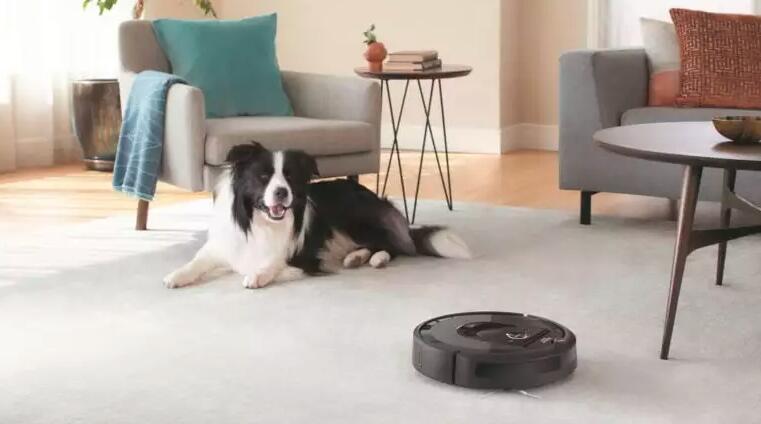Robot vacuum cleaners: which should you buy

One of the most tedious cleaning jobs is vacuuming your entire house. Fortunately, multiple companies have nearly perfected robot vacuums that do all of the work for you. Instead of grabbing your large vacuum for occasional messes or even whole-home cleanups, tell your robot vacuum to do it. Automation is vital in keeping your home clean with minimal work on your part.
Here’s what you need to know about robot vacuums and which you should buy.
How do robot vacuums work?
Most robot vacuums consist of one or two spinning brushes and a rolling brush or two. These work in conjunction to bring large and small debris inwards to the center, where the vacuum mechanism sucks it up into the waste bin of the device.
Dirt, fur, food, hair, and everything else the vacuum collects gets stored in a removable section. Once this is filled, the owner will typically have to remove the tray and dump everything into the trash.
The best autonomous robot vacuums also include various types of sensors. Downward-facing sensors are the most common and help the device from driving over a ledge such as stairs. More expensive models have sensors on top that can map rooms as they clean.
Read also: Save big with these great robot vacuum deals
Basic robot vacuums can be programmed to run on a schedule using controls on the device itself. Higher-end models can be managed by basic controllers as well as smartphone apps or even a smart speaker.
No matter which device you end up owning, you can be sure that it will pick up debris from all over your residence. As these vacuums can be programmed to run when you are not home, you can come back to a clean house every day of the week.
The limitations of robot vacuums
Before you start thinking that autonomous vacuums are the secret ingredient to an always clean home, we should go over several limitations. Let’s say that robot vacuums won’t be replacing your stand-up vacuum anytime soon.
First, robot vacuums don’t have the same cleaning power and maneuverability that you find with a traditional upright unit. While most units have a varying amount of suction, most designs do not allow the vacuum to reach every inch of floor in your home.
Second, robot vacuums have sensors to make sure they don’t roll down the stairs, but there isn’t much stopping them from sucking up small items in cluttered environments. The biggest casualties in my experience are cables. While most vacuums will move right over thicker cords for lights, USB-C and Lightning cables can get mangled and destroyed.
There are day-to-day hassles with robot vacuum cleaners too. For one, the smaller design doesn’t allow for that large of a collection bin. While it might take a couple of days to fill up if used regularly, homes with pets might need to empty the bin a lot more consistently, which can be a pain over the long term.
The other daily hassle is charging. Each robot vacuum will have a battery size rated for an hour or so of continuous cleaning, but the units aren’t always the best at making it back to their charging station. Some days, you might find your vacuum in the middle of a room chirping that it needs to be charged.
Sold on the idea of a robot vacuum? Ready to purchase one for your household? We have checked out the best robot vacuum cleaners currently available and have handpicked the best options for you.